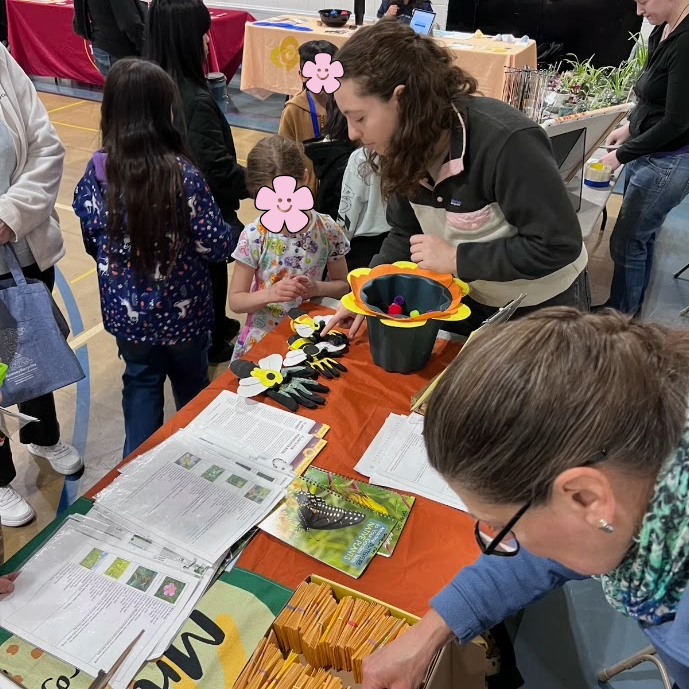
The Neighborhood Plan is our community’s vision for what Hamline Midway is–and will be–in the future. The plan influences all aspects of Hamline Midway Coalition’s work as the district planning council for the Hamline Midway neighborhood and, once it is completed, it is incorporated into the City of St. Paul’s 2040 Comprehensive Plan(External link).
The Neighborhood Plan process began in 2019, was briefly put on hold in 2020 due to the COVID-19 pandemic, and is back underway with the goal of submitting a draft to the planning commission by the end of 2024.
On the right side of this page, you can get acquainted with the Neighborhood Plan by watching a video, reading responses to frequently asked questions, and reviewing Hamline Midway’s plan from 2010. Use the tools on this page to let us know your thoughts on what the neighborhood should address in the next 10 years and how, and check back often to see project updates and lend your voice!
The city of St. Paul, MN has a long tradition of community engagement and involvement in the planning and development of neighborhoods. Since the 1970s, the city has encouraged the creation of district councils, which are citizen-run organizations affiliated with specific geographic areas. These district councils have been instrumental in developing neighborhood plans, which provide a framework for land use and development decisions in their respective areas. Neighborhood plans typically include goals and strategies related to housing, transportation, open space, and economic development. They are intended to be flexible documents that can evolve over time as community priorities and needs change.
Neighborhood plans are a critical tool for community-driven planning and development in St. Paul. They ensure that development decisions are made with input and feedback from residents and other stakeholders, and that neighborhood concerns are taken into account. For example, a neighborhood plan might call for the preservation of historic buildings, the creation of new parks or green spaces, or the establishment of affordable housing units in a particular area. The city uses neighborhood plans as a guide when making decisions about zoning, transportation infrastructure, and other issues that affect the built environment. By incorporating community input and vision into the planning process, St. Paul ensures that development is more sustainable, equitable, and responsive to local needs.
Related Posts
We’re Hiring: Environmental Initiatives Program Manager
Environmental Initiatives Program Manager THE POSITION This is a full-time, exempt position with the Hamline Midway Coalition (HMC). The role

Community Peace Celebration
The Hamline Midway Environmental Committee is proud to participate in this year’s Community Peace Celebration! Now in its 29th year, this joyous event features an afternoon of live music, delicious food, community resources, and fun activities for all ages.
